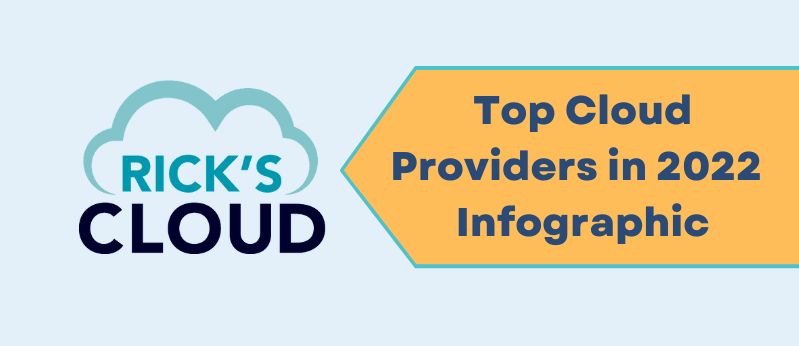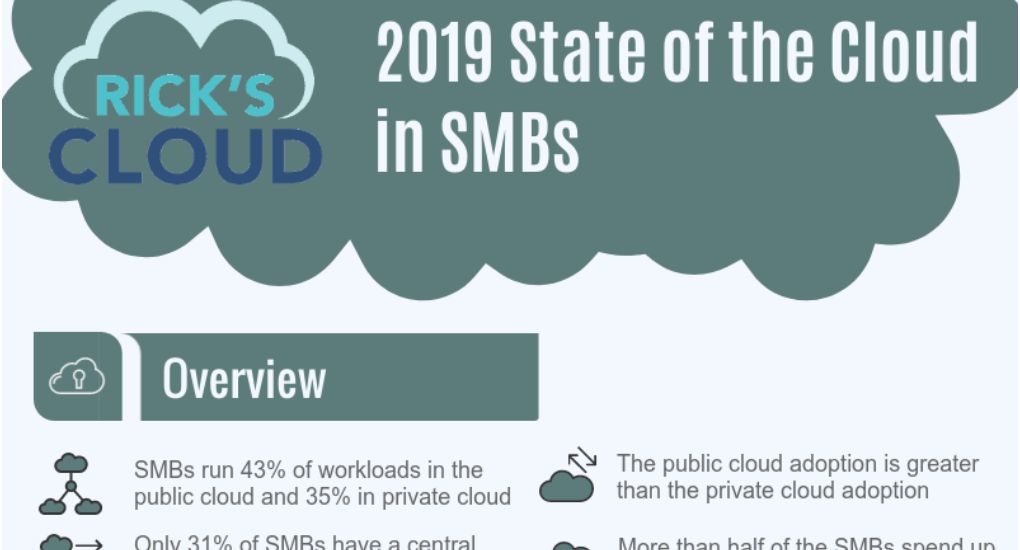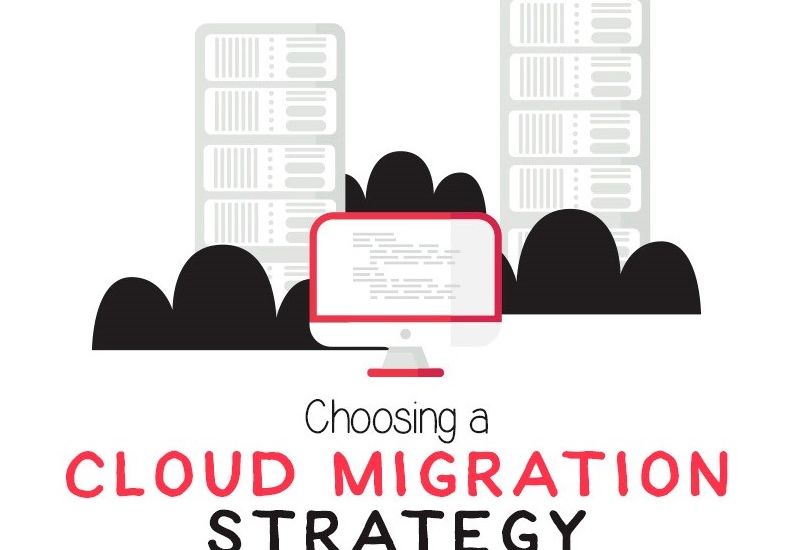Increasing Efficiency: How GitOps is Transforming Cloud Management for Enterprises
I’ve recently been researching various ways to improve operational efficiency in cloud infrastructure. This led me to the topic of this blog post, GitOps. I hope you enjoy this article and encourage you to reach out if you’d like to
Top Cloud Providers in 2022 | Infographic
Based on the evolution we saw in the past few years, it is no surprise that more and more businesses are opting for Cloud Computing. The cloud’s importance cannot be overstated and will only become more extensive and significant in
5 Cloud Computing Tips for Business Owners
Businesses are taking advantage of cloud computing tools because they give owners and their employees the flexibility to work effectively, efficiently, and remotely, especially with the growing number of web-enabled devices used in today’s business environment. The advent of the
6 Key Benefits of Cloud Computing for Businesses
Cloud computing has had a transformative effect on businesses of all sizes. It has opened up new possibilities for smaller firms and allowed larger ones to be more reactive. Cloud technology is now an integral part of many people's working
Advantages and Disadvantages of Cloud Computing – 2022 Guide
There are many sources for the development of your business, but every organization needs a very affordable, flexible, and fast methodology to apply over their development scenario. Today, cloud computing is capable of offering organizations various facilities that boost their
3 Cloud Computing Trends for 2022
Cloud computing has been an important part of the IT industry for several years now. Furthermore, its popularity skyrocketed due to the current pandemic, as companies had to adapt to a massive increase in the number of remote workers and
5 steps for migrating from legacy to a cloud-based system
Cloud is the present and future of IT infrastructure. Cloud-based systems are influential drivers in streamlining processes, boosting efficiency, ensuring scalability, and achieving faster outcomes in IT environments. Owing to the impressive capabilities of cloud-based systems, enterprises are fully/partially migrating
Cloud Migration Risks and Benefits
Most businesses today utilize Cloud to run a significant part of their workload. In essence, their decision to utilize internet-based technology is influenced by various factors. These include all the positive aspects that make the software reliable for use. However, the
Moving towards Edge Computing
Technology has evolved massively in the past decade and industries must come up-to-date and follow the current trends. We are now at the point when a multitude of devices are connected and are communicating to make processes work efficiently in
2019 State of the Cloud in SMBs
Not long ago, we were analyzing how enterprises are leveraging the cloud for better collaboration, and cost efficiency, therefore it’s time to see how small and medium companies (SMBs) are doing in terms of cloud adoption. Cloud computing is not something only
Are you ready to adopt Green Cloud Computing?
Over the past years, we’ve seen how cloud computing completely changed the business world. Unfortunately, as the demand for cloud infrastructure started growing, so did the energy consumption of data centers and the greenhouse gas (GHG) emissions, leading to a
Infographic | Choosing a Cloud Migration Strategy
The age of digital transformation means that more and more organizations are choosing to move their workloads onto the cloud. In fact, it is projected that by the year 2020, 83% of enterprise workloads will be in the cloud.Why are
Is your business ready to go serverless?
The Gartner report from April 2018, An I&O Leader’s Guide to Serverless Computing, shows that by 2020, more than 20% of global enterprises will have deployed serverless computing technologies. Let’s look to see what all this buzz around going serverless
Trends in small and medium businesses cloud adoption
In my career, larger companies struggled as they chose to go for cloud adoption. The SMB’s moved sooner and realized the competitive advantages early on. The latest studies have shown that cloud computing could solve a series of common issues in
Common Pitfalls to Avoid When Migrating to the Cloud
Organizations and their leaders are increasingly relying on cloud computing technologies to drive digital transformation strategies and to gain a competitive edge in the crowded market, but they should start also consider the common pitfalls when migration to the cloud.

















